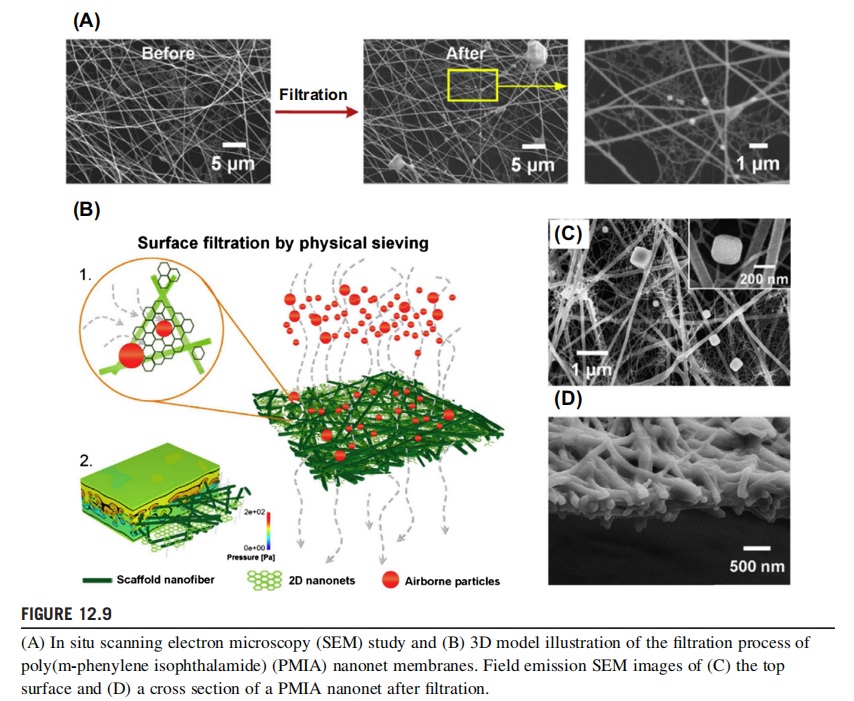
How To Use Electrospinning Nanofiber Technology To Make Super-Efficient Air Filtration Membrane?
Although the electrospun nanofiber-based filters show improved filtration efficiency and enhanced service life compared with microfiber filters, some drawbacks still remain for these filters, including inadequate filtration performance and low-quality factor, due to the thick fibers (>100 nm) and relatively large pore size. In 2012, Wang et al. first presented the fabrication of PA-66 nanofiber/net membranes, which are composed of conventional nanofibers and 2D spiderweb-like nanonets through an advanced hydrodynamic technique called electrospinning/netting. These novel nanonet structures, including coverage rate and pore size, can be facilely controlled by tuning the solution properties (the content of additives) and process parameters. Taking advantage of the integrated properties of small diameter, small pore size, and high porosity, the nanofiber/net membranes possessed a high purification efficiency of 99.9% and relatively low air resistance and can be employed as filtration media in various filtration fields. In 2017, Zhang et al. fabricated novel poly(m-phenylene isophthalamide) (PMIA) nanofiber/net membranes, which were composed of conventional nanofibers and a 2D Steiner tree network (w20 nm), for high-efficiency air filtration by using the electrospinning/netting process for the first time. The bimodal structure of the as-prepared PMIA membranes can be regulated by polymer concentration optimization, dodecyl trimethylammonium bromide additive inspiration, and ambient conditions, especially relative humidity. By virtue of structural features such as extremely small diameter, small pore size, and high porosity, PMIA nanofiber/net membranes showed superlightweight (0.365 g/m2) with ultrathin thickness (w0.5 mm) and robust mechanical property (72.8 MPa), which made them promising candidates for high-performance air filtration against 300-500 nm aerosol particles, with a high removal efficiency of 99.999%, as shown in Fig. 12.9.

